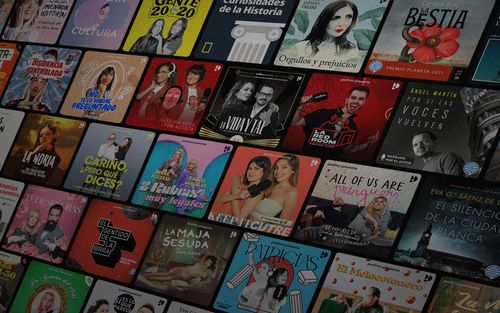EA - The harm cascade: why helping others is so hard by Stijn
The Nonlinear Library: EA Forum - Ein Podcast von The Nonlinear Fund

Kategorien:
Welcome to The Nonlinear Library, where we use Text-to-Speech software to convert the best writing from the Rationalist and EA communities into audio. This is: The harm cascade: why helping others is so hard, published by Stijn on July 29, 2023 on The Effective Altruism Forum.Altruism, helping others, is so difficult. Suppose you save a child's live, and many years later that child becomes a new Hitler, killing thousands of people. Of course this is very unlikely, because there are not many Hitlers in the world. And the child could also become a scientist who invents a new vaccine that saves thousands of people. So in expectation, saving a child is good. But, it's complicated, because of.The harm cascadeWhat does it mean to help others? Simply put, it means choosing something that is desired, or the consequences of which are desired, by the individuals that are helped. The individuals have positive evaluations of the choice or the consequences of the choice. This means the individuals must have personal experiences and personal desires or preferences. In this sense, the others are persons or sentient beings (including almost all humans and many non-human animals). We cannot help non-sentient objects or things that have no personal experiences and desires. The opposite of helping is harming: doing something such that individuals have negative evaluations of the consequences.Now here is the real problem: almost everyone that we will help, is very likely to harm others as a consequence of the provided help. The more we help sentient beings, the more harm they will cause to others. If you help one individual, that individual is likely to cause harm to more than one other individual. Not helping that one individual will result in less harm caused to other individuals. So that means those other individuals are helped. But to make it more complex, when they are helped, those other individuals will cause harm to even more other individuals.Suppose each saved individual will - as a consequence of the help - kill two other individuals. Or vice versa: killing (harming) one individual will save (help) two other individuals. So if you help individual A, she will harm individuals B and C, such that these two individuals will no longer harm their victims, namely individuals D, E, F and G. The latter individuals are helped and will as a consequence harm individuals H, I, J, K, L, M, N and O, who will no longer harm individuals P, Q,. And so forth. This is the harm cascade.As a concrete example, consider saving a human child's life. That child will not become a new Hitler, but is most likely a meat eater: she will eat more than one animal during her life. And if you help a poor person raising his income, that person is likely to spend some of that extra income on meat, thereby increasing animal farming that causes harm to even more animals. This is the poor meat-eater problem. What if the humans that you helped become vegan and stop eating animal products? That will reduce animal farming and the use of agricultural land. Those vegans may have a preference for turning that unused farm land back into natural habitat. That will increase the population of wild animals. Those wild animals may be better-off than farmed animals, but many of those wild animals will cause harm to other wild animals.In nature we see again a harm cascade. One top-predator kills more than one meso-predators. Those harmed meso-predators can no longer kill their many prey. So due to the top-predator harming many animals, many other prey animals are saved. Those saved animals can cause harm to even other animals. Especially in aquatic ecosystems we see long food chains, where a top predator is like a serial killer who kills many other serial killers who kill even more serial killers, and so on.If animals are not killed by predators, they might increase in population and hence increase competition for food with other animals. They might use violence to attain food ...

